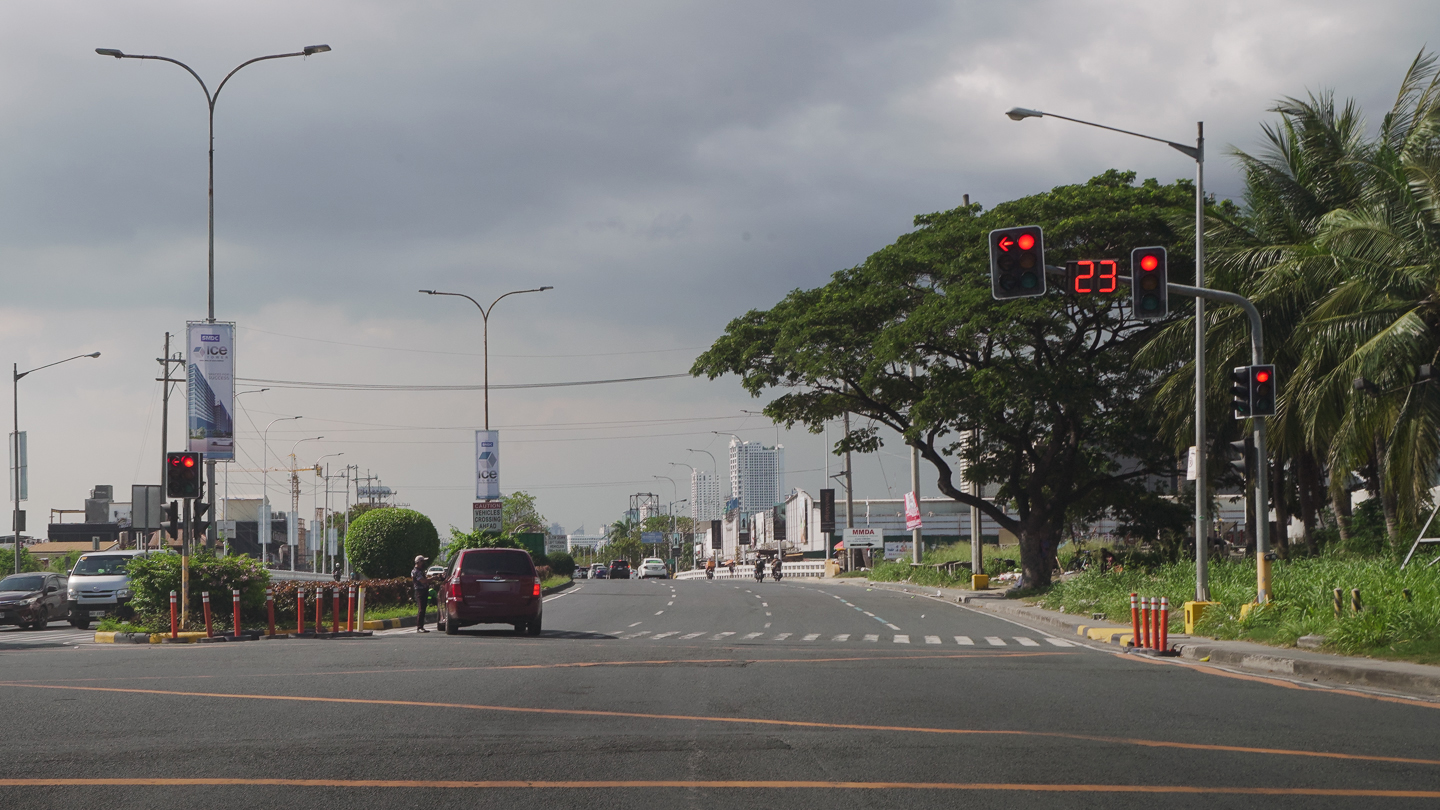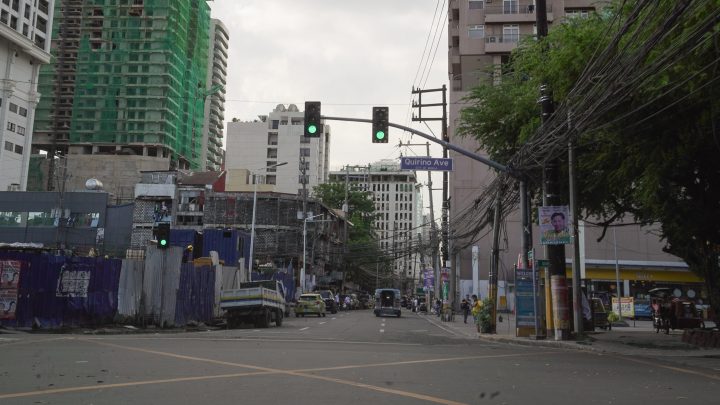
Last week was abuzz with news about the MMDA planning to do away with countdown times and replace them with adaptive traffic lights. Aside from the usual presumptions that it will be a means for corruption and the dreaded “kotong” cops to extort money from motorists, we think that confusion plays a big role in the public’s opinion.
It’s new, no one really knows how it will work. So MMDA Task Force Special Operations (TFSO) Head Col. Edison “Bong” Nebrija took to the internet and explained how it can actually help traffic flow.
Nebrija explains how adaptive traffic lights work, the pros, and cons of countdown timers

In a video that Nebrija posted on his social network page, he clocked 137 seconds on a countdown timer. He then went on to explain how an adaptive traffic light will function differently.
“Yang naka-timer, aantayin nating mag-stop yan kahit wala nang dumadaan dun sa cross street. Yan ang sinasabi namin na pag adaptive traffic system yan, kung wala nang dumadaan doon, ang daming naka-tengga dito, ang tendency niyan is mag-a-adjust yung traffic light,” Nebrija went on to explain on how the adaptive timer will “see” traffic flow and allow for shorter wait times at a red light if there are no vehicles crossing.
As for the disadvantage of the continued use of a countdown timer, Nebrija had this to say: “Itong 137 na ’to sa Quirino Avenue, pwede yan sa weekday. Pero hindi ina-adjust yan every day. Naka-fix po yan. Nakikita niyo, naka-tengga lahat dito, and then makikita niyo pag nag change light yan, 15 seconds lang. Eh ang laki ng volume dito sa Del Pilar.”’
For a wait of more than 2 minutes, motorists have only 15 seconds to make their way across the intersection. It’s this long wait time and short crossing time that the adaptive traffic light system aims to address.
Does this put you at ease? Do you think it is a better option than the countdown timers that we’ve gotten used to?


